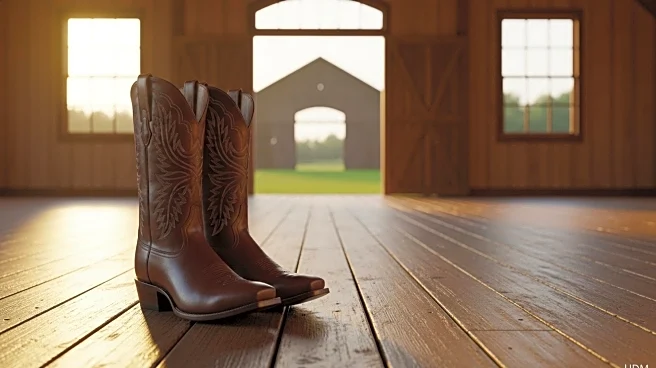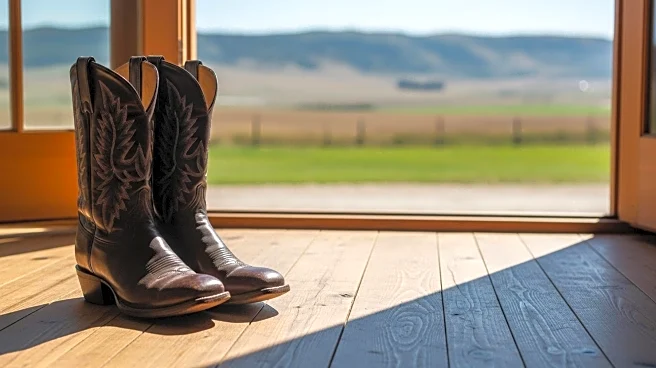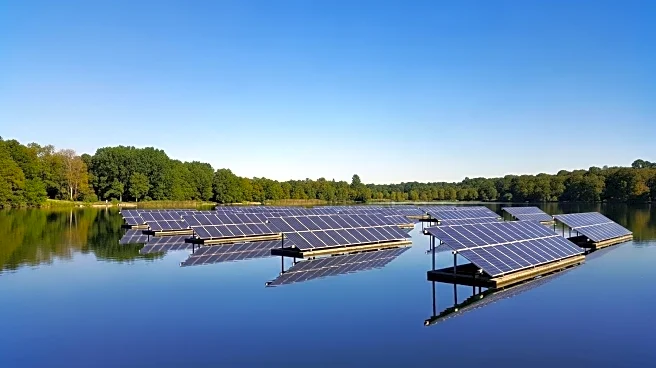What's Happening?
Reynolds Ranch, a 7,600-acre property in California's Central Coast, is listed for sale at $30.7 million after being owned by the same family for over 116 years. The decision to sell comes as family members, scattered across the country and overseas, struggle to agree on the ranch's future. This trend is echoed across the U.S., with high-end ranch brokers noting an increase in legacy properties hitting the market. The demand for these properties remains strong, driven by affluent buyers seeking expansive landscapes and a slower lifestyle, influenced by the popularity of shows like 'Yellowstone'. Properties like Antlers Ranch in Wyoming and Rocking Chair Ranch in Montana are also on the market, highlighting a generational shift in ownership.
Why It's Important?
The sale of these legacy ranches signifies a broader trend in the generational transfer of wealth, where heirs opt to liquidate family assets rather than maintain them. This shift impacts the real estate market, particularly in rural and scenic areas, as wealthy buyers from tech and finance sectors seek these trophy properties. The trend also reflects changes in lifestyle preferences, with buyers valuing privacy and natural beauty. For local economies, these sales can bring new investment and development opportunities, although they may also alter traditional land use and community dynamics.
What's Next?
As more families face decisions about their inherited properties, the market for luxury ranches is likely to grow. This could lead to increased competition among buyers, potentially driving up prices. Real estate brokers anticipate continued interest from affluent individuals seeking unique properties, while families may increasingly consider financial factors over sentimental ties. The outcome of these sales could influence local real estate markets and community structures, as new owners bring different priorities and resources.
Beyond the Headlines
The sale of these ranches raises questions about the preservation of cultural and historical heritage, as properties that have been in families for generations change hands. It also highlights the challenges of maintaining large estates in modern times, where financial pressures and lifestyle changes often dictate decisions. The trend may lead to a reevaluation of land use policies and conservation efforts, as new owners may have different visions for the land.











